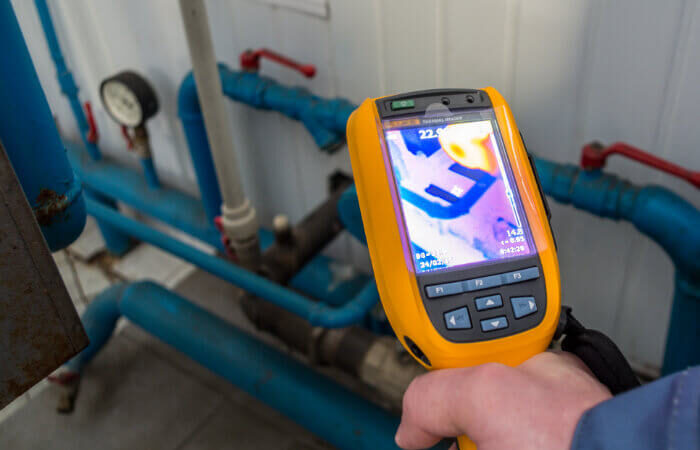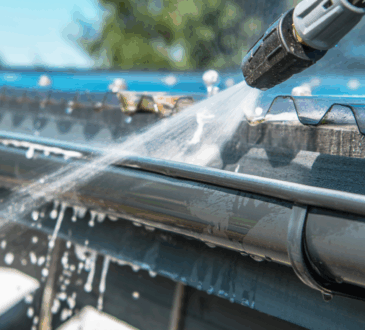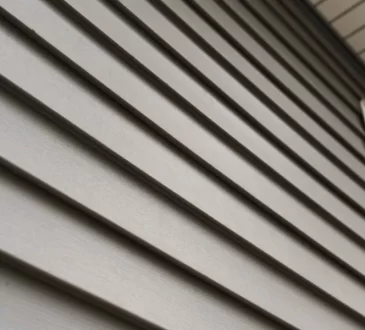
If your water bill is higher than usual, it could be due to a leak—especially if there hasn’t been a change in your water usage. Watermains leaking could be the cause, but there are a few things you should check before assuming there’s a problem with the pipes.
Step 1: Understand Your Water Bill
If you have a water meter, ask yourself:
- Does the billing period match your previous bills?
- Sometimes, the water company may extend the billing cycle, which increases the total cost.
- Was your last bill based on estimated readings?
- If your previous usage was underestimated and your current bill is based on an actual reading, this could explain the sudden rise.
Step 2: Consider Any Recent Changes
- Renovations or maintenance such as decorating or gardening often use more water.
- Leaking taps or appliances like dishwashers and washing machines can quietly wastewater.
- More people in your home can also increase daily water use, especially if they use more water than usual.
If you don’t have a meter, your bill is based on your property size—often by the number of bedrooms. For instance, if you live alone in a large house, your estimated usage could be too high. In such cases, you can request a water meter from your supplier, often for free.
Step 3: Is There a Leak?
If no changes or faults explain the high bill, it’s time to investigate for a leak.
Every home has an external stop valve that controls the main water supply. There are two sides to this valve:
- Street side: The water company is responsible for leaks here. These leaks do not affect your bill, as they occur before the water reaches your meter.
- Property side: You are responsible for leaks on this side. Water that leaks here is charged, as it has passed through your meter.
To check for a leak:
- Turn off the internal stopcock (usually under the kitchen sink).
- Open a tap to make sure the water has stopped flowing.
- Record the water meter reading.
- Wait a few hours, then check the meter again.
If the number increases, there’s likely a leak between the meter and your house.
If you don’t have a meter, a plumber can do a pressure test between the external stop valve and your internal stopcock. A drop in pressure means there’s a leak in the underground pipe.
Step 4: Finding and Fixing the Leak
In the past, finding leaks meant digging up large areas without knowing where to start. Today, advanced acoustic equipment can locate leaks underground—even beneath concrete or paving—by detecting the sound of water escaping.
Once located, the leak can be exposed and repaired quickly. Most companies provide a fixed-price quote along with a detailed report, which you can use if filing an insurance claim. Repairs often begin the same day to minimize disruption.




